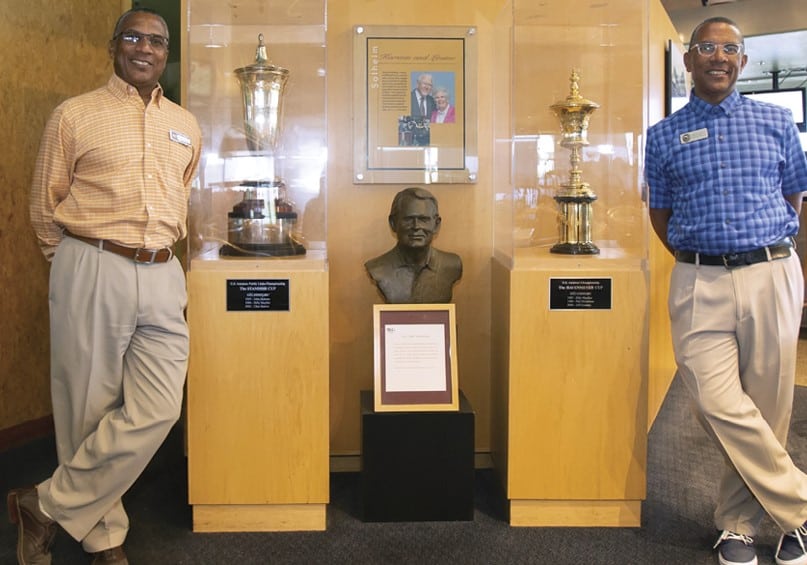The club industry is facing one of the most challenging labour markets in years. In addition to labour issues, most clubs have had to adjust their service levels to protect the health of their employees, members, and guests, as well as adhere to constantly changing public health guidelines within their regions. Added to this is the reduction in revenue associated with a decline in event business. The net result presents a challenging environment for clubs, but with challenge also comes opportunity. Clubs are provided with the opportunity to refine their service standards to meet the expectations of todays’ world and avoid allocating resources based on standards that are no longer relevant.
Changing Service Expectations
Over the last two years, service expectations have shifted. Some clubs have taken advantage of this transitionary period to redefine their future service models , with the goal of increasing operational efficiency while delivering a level of service expected by their members and guests. Utilizing member/guest focus groups and listening sessions, as well as well-constructed surveys, clubs have learned that service expectations have changed over the past two years. Some services that were once considered standard are no longer priorities for members. Valet parking, staffing a bag drop and driving range attendants are just a few examples of services that some clubs are moving away from. These clubs have also learned that the use of technology is far more accepted than it was two years ago and represents an opportunity to reduce labour costs. Moving all tee time booking online or to the club app rather than having a staff member answer phone calls is a common example.
Defining Service Standards
“Service Standards are clearly defined descriptions of the service experience that customers can expect to receive consistently with every interaction they have with your club”
On the surface, the above description is straight forward, but when it is applied to defining these standards, it can become a bit challenging. In particular, the four words, “…consistently with every interaction…” is what sets well-defined service standards apart from aspirational service delivery. For something to become a standard, it must be something that your team has the talent, training, and resources necessary to achieve the standard every time. If one of those factors is missing, it cannot be a standard. For example, it might be a service goal to answer the phone within two rings with a live individual. If you do not have the resources to achieve this every time, even during busy periods, it cannot be viewed as a service standard.
Written from the Customers Perspective
Our organization has assisted both small teams and large organizations in the hospitality industry to develop service standards. One common theme that we encounter with service organizations is a lack of clarity between operating standards and service standards. To put it simply, service standards is the service that a customer can expect to receive every time they have an encounter with your business. Operating standards are the internal processes that are in place to ensure that your organization achieves the service standards. For example, a service standard in a restaurant might be that all customers will be greeted at the host desk immediately upon entering the restaurant. The operating standard that would support this might be that during restaurant hours, the host desk will always be staffed. The difference is minor but important.
Train and Support
Once you have clearly defined your service standards across every touch point with customers, the challenge becomes ensuring that your team is consistently delivering. This requires that all employees clearly understand what is expected of them and that they have the necessary training and resources. Employees also require ongoing support and coaching from their supervisors.
Measure, Coach and Reward
The final step in a successful service standards program is measuring success. A consistent measurement process involves the creation of a scorecard and utilizing mystery shoppers who can objectively measure your team’s delivery of service standards. The scorecards help to identify areas where standards are not being met, and help management understand where additional training and resources might be needed. Scorecards also provide a benchmark score that provides a snapshot of how you are doing overall and a measurement that can be considered in your senior team’s annual goals and objectives.
Clearly defined and measured service standards have become a standard in the hospitality and club industry. If your club does not yet have a service standards program in place, we encourage you to develop one. If you already have a service standards program in place, it may be time to review it and determine if it is right for today’s service environment and evolving customer expectations.
Contact a GGA Partners professional today for more information.







